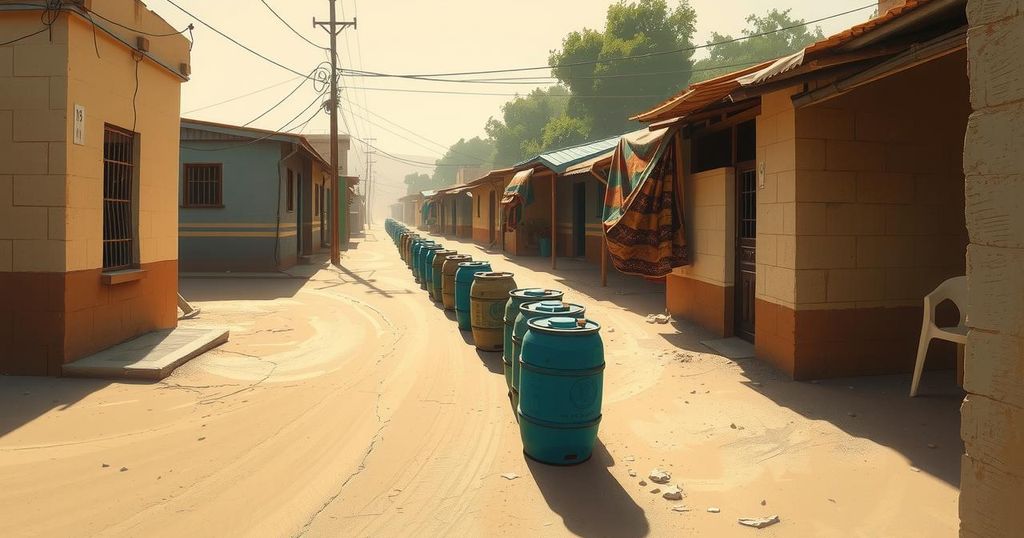World news
AFRICA, ANTONIO IORIS, CAIRO, CARDIFF, CATALINA NAUPA, CLIMATE CHANGE, EGYPT, FOOD SECURITY, INSTITUTE FOR DEVELOPMENT RESEARCH, JEREMY ROBERT, NATIONAL INSTITUTE OF STATISTICS AND COMPUTER SCIENCE, NATURAL DISASTERS, NICOLAS REYES, NORTH AMERICA, PERU, POLLUTION, SE, SEDAPAL, SOUTH AMERICA, SURFING, UNITED STATES, UNIVERSITY, WALES
Oliver Grayson
0 Comments
The Harsh Reality of Water Scarcity in Lima’s Marginalized Communities
In Lima, Peru, over 635,000 residents lack access to running water, relying instead on infrequent deliveries by tanker trucks. Many residents live in informal settlements that are not connected to the city’s water and sewer lines. These truck deliveries present significant health risks, and access to water is unevenly distributed, highlighting stark socioeconomic disparities between wealthier and poorer neighborhoods. Experts call for systemic improvements to address water accessibility and its implications on public health.
In the impoverished regions of Lima, Peru, access to running water remains a distant hope for many residents, reliant instead on water delivered by tanker trucks. The National Institute of Statistics and Computer Science reveals that over 635,000 people in Lima lack reliable access to this basic resource, particularly those in informal settlements situated in the city’s hills, which are not serviced by existing water infrastructure.
Residents in areas such as San Juan de Miraflores receive water deliveries weekly, but this source is often inconsistent. The water they receive is stored in large, unclean drums that pose health risks, with one resident, Catalina Naupa, noting, “We get stomach cramps and migraines. There are worms in the bottom of the tank.”
Utility provider Sedapal delivers around one cubic meter of water per household each week, translating to approximately 30 liters daily per person. This amount falls significantly short of the United Nations’ recommended minimum of 50-100 liters per individual. Jeremy Robert from the Institute for Development Research warns that with seasonal changes, water rationing may soon become unavoidable.
Academics, such as Antonio Ioris of Cardiff University, emphasize that climate change will exacerbate water shortages and maintain that the precarious access to water for impoverished communities ranks low in the priorities of policymakers. He argues that the challenges observed in Lima’s outskirts result from inadequate urban planning and the influx of migrants from rural regions.
In areas that are difficult to navigate, concrete barriers referred to as the “wall of shame” separate affluent neighborhoods from poorer ones. This wall signifies the stark divide in resource availability, where wealthier regions of Lima consume an average of 200 liters per person each day versus just 30 liters for those living in poverty. One resident, Cristel Mejia, illustrates this disparity saying, “Surco seems like another world.”
The dire situation regarding water access in Lima highlights the urgent need for systemic improvements in urban planning and resource allocation. The health risks associated with poor water quality and the vast inequalities surrounding water distribution emphasize the necessity for increased governmental and societal attention to these marginalized communities. Ultimately, addressing these challenges will require concerted efforts to ensure that all residents have equitable access to essential resources.
Original Source: www.france24.com




Post Comment